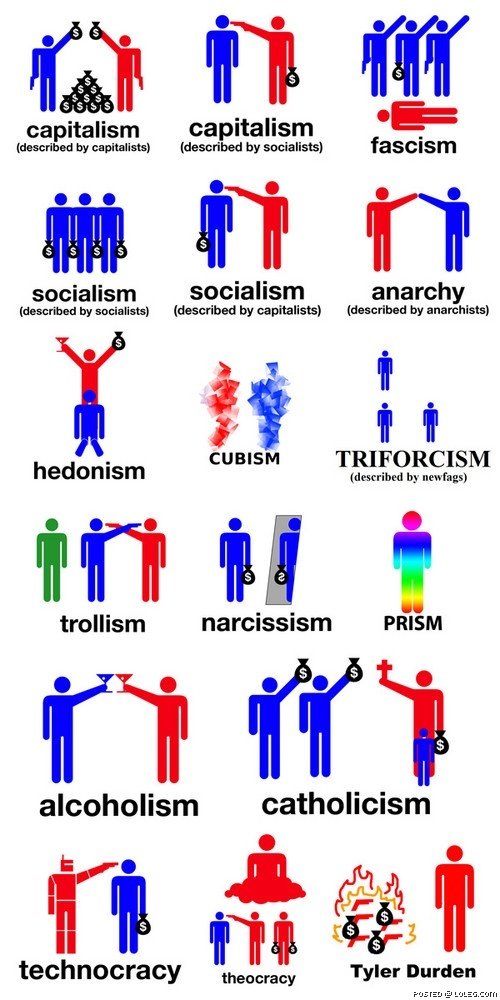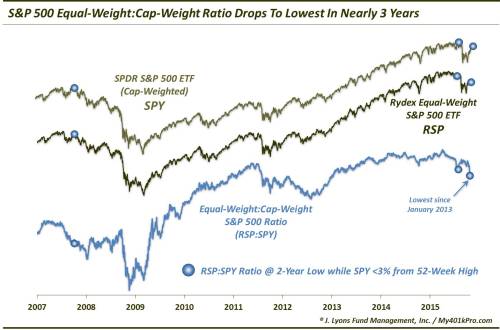On the morning of July 13, like most mornings, Stephen Jones’s laboratory
in Mount Vernon, Wash., was suffused with the thick warm smell of baking
bread. Jones walked me around the floor, explaining the layout. A long
counter split the space down the middle. To the right was what Jones
called ‘‘the science part,’’ a cluster of high-tech equipment designed
to evaluate grain, flour and dough. Jones, who is 58 and stands a
daunting 6 foot 5, calls to mind a lovably geeky high-school teacher. He
wore dungarees, a plaid shirt, a baseball cap and a warm, slightly
goofy smile. Two pairs of eyeglasses dangling from his neck jostled
gently as he gesticulated, describing the esoteric gadgetry surrounding
us. The 600-square-foot room, known as the Bread Lab, serves as a
headquarters for Jones’s project to reinvent the most important food in
history.
Jones pointed to a sleek red machine, roughly the length of three
toasters. ‘‘This one’s an alveograph,’’ he said, smirking. ‘‘It blows
bubbles.’’ If a globe of dough inflates to the size of a baseball
without bursting, that means it has enough elasticity and extensibility
to make a baguette or a rustic loaf. ‘‘But if it just goes fffft,
it’s probably going to be at best a scone or cookie,’’ Jones said.
Nearby was a squat device that looked like a photocopier — a
farinograph, which assesses the strength of dough as it is mixed — and a
cylindrical machine that tests raw grain for adequate levels of starch.
‘‘You put all three of those together, and you get a very good idea of
what type of product that’s going to bake,’’ Jones said. ‘‘Then you come
over here’’ — we moved to the left side of the room — ‘‘and you have
everything that a craft baker would be familiar with.’’ There was a
wooden baker’s bench, wicker nests for rising dough, a steam-injected
hearth oven full of crispening boules, an assortment of hand-operated
mills. And there was flour: flour piled in bowls, flour coating every
available surface, flour kicked up into the air as we walked by.
What most people picture when they think of flour — that anonymous
chalk-white powder from the supermarket — is anathema to Jones. Before
the advent of industrial agriculture, Americans enjoyed a wide range of
regional flours milled from equally diverse wheats, which in turn could
be used to make breads that were astonishingly flavorful and
nutritious. For nearly a century, however, America has grown wheat
tailored to an industrial system designed to produce nutrient-poor flour
and insipid, spongy breads soaked in preservatives. For the sake of
profit and expediency, we forfeited pleasure and health. The Bread Lab’s
mission is to make regional grain farming viable once more, by creating
entirely new kinds of wheat that unite the taste and wholesomeness of
their ancestors with the robustness of their modern counterparts.
Although
regional grain economies have developed in California, North Carolina,
Arizona and elsewhere, there are few people who match Jones’s fervor for
wheat and none with an equally grand vision for its future. His lab was
founded just three years ago, but it has already earned the respect of
the country’s most celebrated bakers, like Chad Robertson of Tartine and
Jeffrey Hamelman, the director of King Arthur Bakery. Dan Barber teamed
up with Jones to develop ‘‘Barber wheat’’ for his restaurant Blue Hill
at Stone Barns, which is ensconced in a working farm. Bread Lab breads
have even made their way to the kitchens of the White House.
In
recent months, the lab’s newfound popularity has caused a bit of an
identity crisis. Its latest collaborator is the fast-casual Mexican
chain Chipotle, which wants to use one of the lab’s regional wheats in
its tortillas. Chipotle serves 800,000 tortillas around the country
every day. ‘‘There are definitely issues of scale,’’ Jones says. ‘‘If
you have Chipotle come in, how big does it get, and how quickly? Do we
end up with a commodity by any other name?’’
Jones and wheat
first met when he was a child. While learning to make bagels and
marbled rye from his grandmother, Jones listened to tales of the wheat
farms that her family had worked on in Poland. While studying agronomy
at Chico State University in the late 1970s, Jones grew a modest five
acres of wheat on a campus farm. ‘‘I fell in love with it as a crop,’’
he says. He would gaze upon his wheat every day, especially before
sunrise and after sunset. ‘‘I don’t know if ‘spiritual’ is the right
word, but it was very moving,’’ Jones says. ‘‘I would hear voices.’’
Around that time, he saw Terrence Malick’s 1978 film ‘‘Days of Heaven,’’
which is saturated with unhurried, sunset-lit shots of oceanic wheat
fields in the Texas panhandle. ‘‘That did it for me,’’ he says.
A
few years after college, Jones apprenticed with an Idaho wheat breeder
named D.W. Sunderman, who taught him the craft of breeding: selectively
cross-pollinating plants in order to create entirely new varieties. A
head of wheat contains up to a hundred hermaphroditic flowers that
usually pollinate themselves. Jones would choose a head on one wheat
plant and pluck out all its pollen-producing anthers with tweezers,
preventing self-pollination. Then, using plastic tubing or gauze, he
would bind the neutered head to an intact one on a second wheat plant.
Because wheat produces so many flowers, and has a gargantuan genome many
times larger than our own, a single cross can yield a carnival of
wildly different offspring. ‘‘He taught me how beautiful plant breeding
could be,’’ Jones says of Sunderman, ‘‘and also the notion that if I
wanted his job, I would have to get a Ph.D.’’
In
1991, Jones completed his doctorate in genetics at the University of
California, Davis, and the U.S.D.A. hired him to study the wheat genome
at Washington State University’s main campus in Pullman. Three years
later, Jones landed a job as one of W.S.U.’s chief wheat breeders. At
first, he was ecstatic, but disillusionment soon followed. The essence
of plant breeding is innovation — the prospect of creating something
truly novel. Yet in his first official role as a wheat breeder, Jones
felt stifled. He was tasked with improving the yield and
disease-resistance of wheat cultivars that had been designed for
industrial milling. Prioritizing qualities the food industry considered
superfluous was discouraged. When he tried breeding wheat with higher
levels of nourishing minerals, like iron, zinc and magnesium, he was
told those characteristics were unimportant. When he proposed working
with a healthier wheat that still made excellent bread flour — albeit of
a somewhat yellow tint — the university expressed no interest, he says.
Commodity
wheats are defined in just three ways: hard (high in protein, which is
good for bread) or soft (better for pastries); red (dark color and
strong flavor) or white (pale and more delicate-tasting); and winter or
spring, depending on when they are planted. ‘‘Hard red spring,’’ for
example, is often used for bread; ‘‘soft white winter’’ is better for
pastries. A vast majority of America’s 56 million acres of wheat grow in
a belt stretching more than 1,000 miles from the Canadian border to
Central Texas. Around half of the crop is exported, and most of what
remains is funneled to feedlots for cattle or to giant mills and bread
factories, which churn out all those bags of generic white flour and
limp sandwich bread sleeved twice in plastic. This industrial system
forces plant breeders to prioritize wheat kernels of highly specific
sizes, colors and hardness.
By
2007, Jones had spent more than a decade begrudgingly breeding wheats
for the commodities market. His opinion of industrial agriculture was no
secret, however. As tensions mounted between Jones and the university,
he made a bold decision: In order to escape the commodities system, he
would give up wheat altogether. In 2008, he moved to W.S.U.’s western
campus to become director of the W.S.U.-Mount Vernon Research Center,
which helps small- and mid-scale farmers in the surrounding Skagit
Valley, halfway between Seattle and Vancouver, grow about 80 different
kinds of fruits, vegetables and flowers.
While
preparing for the move, Jones thought he would end up working on
cabbage for sauerkraut or cucumbers for pickling; he didn’t have a
spiritual connection with those crops, but he liked them well enough.
Driving around the area, however, he was startled to discover one wheat
field after another. Farmers told him it was crucial for crop
rotations, which disrupt disease cycles and return nutrients to the
soil. They harvested and sold the grain, but only to lose less money.
There was no sense in trying to compete with giant growers in the
nation’s wheat belt. What would happen, Jones wondered, if he developed
unique varieties of wheat adapted to the Skagit’s cool, wet climate and
extremely fertile soil? What if he could interest local millers and
bakers in dealing primarily with Washington wheat? What if wheat, like
wine, had terroir? After all, it used to.
The giant band
of wheat that stripes the center of America is a byproduct of the
industrial age. From the 18th century to the early 19th century, wheat
was grown mainly near the coasts. During this time, immigrants and
American emissaries introduced numerous varieties — Mediterranean,
Purple Straw, Java, China, Pacific Bluestem — which breeders tinkered
with, adapting them to various soils. All that preindustrial wheat was a
living library of flavors: vanilla, honeysuckle, black pepper.
Agricultural journals of the time noted the idiosyncrasies of wheat
kernels — whether they were red and bearded, velvety or ‘‘plump, round,
of a coffeelike form’’ — and distinguished wheats that produced
‘‘excellent’’ and ‘‘well-flavored’’ bread from those that yielded
‘‘inferior’’ loaves. Two wheats in particular, Red Fife and Turkey Red,
became immensely popular in part because of their robust nuttiness.
As
wheat spread from the coasts inward, so did flour mills. By 1840,
23,000 of them were scattered throughout the country. (Today there are
around 200.)....
MUCH MORE










